Guide To Generating 100 B2B Leads/Month
When it comes to B2B lead generation, most marketers seem confused if you ask them about a strategy/process that can be scaled. Most B2B lead generation marketing strategies are still stuck on cold emails, basic social media updates and professional networking (attending events etc.)
Here are some stats that can show just how powerful lead generation can be once coupled with strategic digital platforms:
Content marketing generates 3 times as many leads as traditional outbound marketing but costs 62% less. (Demand Metric)
People are more likely to visit a B2B tech company’s website after seeing a tweet from the company, getting them one step closer to becoming a lead. (KoMarketing Associates)
59% of B2B marketers say SEO has the biggest impact on their lead generation goals. (Marketing Charts)
In this post, we’ll talk about a detailed plan of action that you can apply to your business to generate 100+ B2B leads every month.
Case In Hand
Let’s make this post more interesting by adding two examples from the B2B business world. Let’s consider we are dealing with the following types of companies
1. A SaaS platform which helps marketers with social media automation (Product Business)
2. A consulting firm that helps technology companies to make better business decisions (Service Business)
Most B2B businesses will fall in either one of the categories- product or service.
Defining The Approach
In our b2b marketing plan, we will be using the following areas to achieve our goals
- Outbound marketing using LinkedIn and other social media.
- Organic content marketing including blogging and social media.
- Paid marketing including content promotion and re-marketing.
- Conversion Rate Optimisation including landing page and analytics.
Time Frame To Achieve Goals
Starting from scratch, we’d be planning to hit our goals in 120 days.
Here is what the timeline looks like:
| Time | Monthly Traffic | Site Conversion% | Inbound Leads | Outbound Leads | Monthly Leads |
| 0-30 days | 1000 | 0.5% | 5 | 20 | 25 |
| 30-60 days | 3000 | 0.7% | 21 | 20 | 41 |
| 60-90 days | 5000 | 1% | 50 | 25 | 75 |
| 90-120 days | 7000 | 1% | 70 | 30 | 100 |
Points To Address Before You Begin Marketing
Before you begin to market your tool/service, you need to make sure that
-You can identify who your target audience is and
-What your content strategy would look like
# 1 Step One: Create a Buyer Persona
Most companies end up getting this part wrong. They start with all sorts of marketing that they can get their hands on and end up in a campaign which isn’t targeted and under-performs.
What is a customer persona?
A customer persona is nothing but mapping out the ideal characteristics of your target audience. It involves collecting information like the demographics of your audience, their digital activity, life choices, things they care about, the challenges they face and products they look out for.
How to draw a customer persona?
A lot of companies “get out of the room” and talk to their potential customers to know more about them ( this is a great way of going about it). However, smaller businesses might not have the bandwidth to do it. It is possible to draw a customer persona by brainstorming thoroughly about your business.
A framework for designing a customer persona:
When it comes to creating buyer personas, I particularly like this post by Buffer which talks about creating a persona from a scratch. Basically, this is how their template looks :

Image Credits: Bufferapp.com
As you can see, the persona starts with the name and job title of the person and then narrows down to :
– Demographics including location, education, income, family etc
– Goals and challenges including what the value system of your customer is, what do they fear and their challenges.
– Marketing message: This part talks about how and where to pitch your ideal customer once you know them.
Let’s take our two examples to build on this.
Example 1
– A B2B SaaS marketing platform which helps marketers with social media automation (Product Business)
Let’s map out our ideal customer in this case.
1. Name and Job Title: Sarah Bolton, Social Media Marketing Manager
2. Demographics: Age 24-32, female, Salary between $40,000- $60,000 per year, Urban city, Master’s degree, Married with no kids
3. Goals and Challenges: Find better social media content, increase engagement of her content, automate time-consuming tasks.
4. Marketing message: How social media automation can help Sarah save time and focus on more important tasks.
Example 2
A consulting firm that helps technology companies to make better business decisions ( Service Business)
In this case, this is how we should break down the persona
1. Name and Job Title: John Doe, Business Development/ Operations Head
2. Demographics: Age 30-42, male, Salary between $90,000- $130,000 per year, Urban city, Master’s degree, Married with kids
3. Goals and Challenges: How to grow the company revenue with better decisions. How to improve employee efficiency and company processes.
4. Marketing message: Case studies from similar industries on how they improved business development and operations.
Note: The above customer personas can be created in much more detail. For example, in the case of the first tool, you could include ( other than the social media manager) the digital marketing head, marketing automation head, CMO etc in your customer persona as well. This would depend entirely on the fact that how big is the size of your target business and who are the business decision makers in the same.
Want to grow your B2B business? Do it with the help of email marketing. Here is a list of free email marketing tools that will help you do the same. Get it by downloading this E-book!
# 2 Step Two: What Your Content Strategy Should Look Like
Your content strategy is a mixture of multiple things including
– Content on landing pages
– Blog content
– Social media content
– Pitches/sales messages
– Email content
The one thing that you need in common with all of these channels is coherence.
As a strong B2B firm, you need to give out a message that your product/service is reliable, has been successfully used by clients in the past and that you genuinely care about clients if and when something goes wrong.
To start with our example of the tool (social media automation), here are some amazing things that make Hootsuite (social media scheduling tool) a success.
Landing Pages
If you analyse the different elements on the home page of Hootsuite, you will see that they have clearly
– Mentioned that they are trusted by a LOT of people.
– You can use their tool for free to give it a try.
– You can connect over 35 popular social networks which basically gives you a complete control over all your social profiles.
Social Media Content
If you closely look at the social content of Hootsuite, their posts are all about educating their target customers. They understand that their target audience is from the social media marketing world and they’ve made sure to invest in educational content that resonates with their audience.
When it comes to B2B content, educational material can do wonders in terms of building credibility.
Marketing Activities For 100 Leads/Month
Let’s dive into the real thing now. Here we will talk about choosing the right strategies and executing them step by step. Broadly, we can define our strategies into two categories
#1 Outbound Lead Generation Strategy
#2 Inbound Lead Generation Strategy
In simpler terms, outbound is when you reach out ( such as ads, cold emails) to potential leads with a compelling offer and subsequently convert them. Inbound is when potential customers find you via your website, content, social media, ebooks or any other similar form of digital presence.
Inbound marketing is one of the best forms of lead generation. However, it takes time to build your authority in order to drive inbound leads.
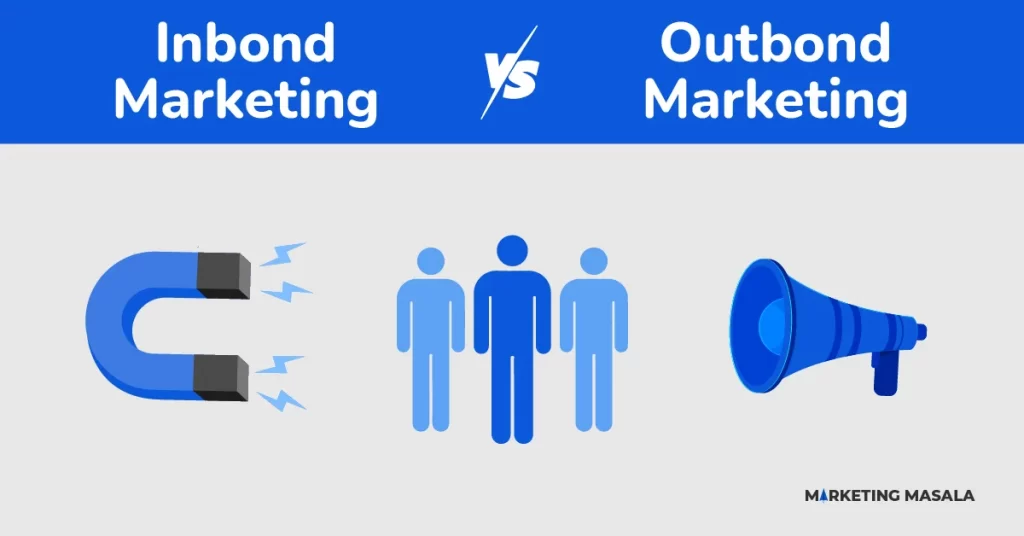
Outbound Marketing Part 1: Using LinkedIn Lead Generation
More than 80% of B2B marketers believe that LinkedIn performs better than any other social network. Here we will talk about how to exactly use LinkedIn for generating quality leads.
Step 1: Map out a detailed buyer persona: Understanding who do you want to sell to is of utmost importance. Given our examples of SaaS and service businesses, you can create a detailed customer persona using the information given in the above sections.
Step 2: Search for the lead’s profile on LinkedIn: Using a keyword search inside of LinkedIn, you can start finding people who will be a great fit for your lead standards.
For the SaaS company that sells social media automation to companies, I would search for the social media head of companies in my target geographies.
With the second example of the consulting firms that consult tech firms on their business decisions, I would look out for the business development or operations heads in technology companies.
Step 3: Send a connect request: While sending a connect request to your potential lead, LinkedIn will give you a small box to add info as an introductory message. Don’t try selling your product/service, just mention that you’d like to connect with the person.
Step 4: Send a soft pitch after connecting: Once your potential lead gets connected with you on LinkedIn, send them a thank-you message for accepting your request. After a couple of days, send them a short pitch introducing yourself and your company.
Don’t write an essay and tell how your product/service is the best in the world.
Chances are that your potential leads get pitched a lot. In order to stand out and gain their attention, you need to manage your tone and the way you approach them.
Here is an example of a soft pitch that I’d send
Hi NAME,
Hope you are doing well.
My name is NAME and I am the DESIGNATION at COMPANY NAME.
I just took a deeper look at your website and understand that your company might be looking for PRODUCT FEATURES OR SERVICE.
At YOUR COMPANY NAME, we are SHORT DESCRIPTION OF YOUR PRODUCT FEATURES OR SERVICE.
FEATURE 1/SERVICE OF YOUR COMPANY
FEATURE 2/SERVICE OF YOUR COMPANY
The companies that have been working with us for a long time include CLIENT 1 and CLIENT 2.
I was wondering if we could schedule a call sometime this week to discuss this further?
Regards,
YOUR NAME
DESIGNATION
PHONE
COMPANY NAME
Step 5: Followup with annoying your leads: A lot of your potential leads would be busy. They might not be as active as you on LinkedIn, they might be on a holiday or very busy with a project or your message might have been lost in the pool of their unread messages. The best way to not lose any opportunities is to followup warmly once a week for the next 2 weeks.
How many leads will LinkedIn get?
The number could vary with your industry, however, as a benchmark, the following numbers would serve you well.
| Weekly Connect Requests | Time Needed | Accepted Requests | Weekly Warm Leads |
| 200 | 10 hours | 60 | 4 to 5 |
Outbound Marketing Part 2: Digital Advertising
Advertising constitutes a major share of the digital marketing world. Broadly classifying ads, you can use
# 1 Search Engine Ads
# 2 Social Media Ads
# 3 Private Network Ads
# 4 Influencer Marketing (not exactly ads but still outbound)
To decide where your product/service could be advertised best, you need to answer the following questions
- Where does your audience look for your product?
If people search a lot about your type of product/service on search engines, then search ads should be the best way.
If your target audience reads a lot of industry blogs and follows influencers, tying up with influencers for writing a “review post” about your product/service would be the best thing to do.
Taking another example, if your target audience is “social media managers”, then you should definitely invest in Facebook ads where people have mentioned that job role. - How does your audience interact with your business?
Do you sell high-end consulting solutions or do you have a free/freemium tool that users can try right away? Depending on the same, you need to decide on an “ideal period of time” between being aware of your product and feeling comfortable to buy it.Customers generally take multi-step journeys before buying your product. You need to advertise on all different steps.
- Is advertising a model that you can scale?
Most companies go blind with digital ads until they burn their fingers. A simple equation for deciding if advertising would work for you is
Cost of acquiring the customer (via different channels)> Customer lifetime value
CLV is defined as customer lifetime value. It is the total amount of money that a customer will make for you for the entire period of time that he will spend with you.
So if you are selling software at $100 per month and you spent $300 in acquiring the customer via ads, you need to make sure that the customer stays for more than 3 months in order to be profitable.
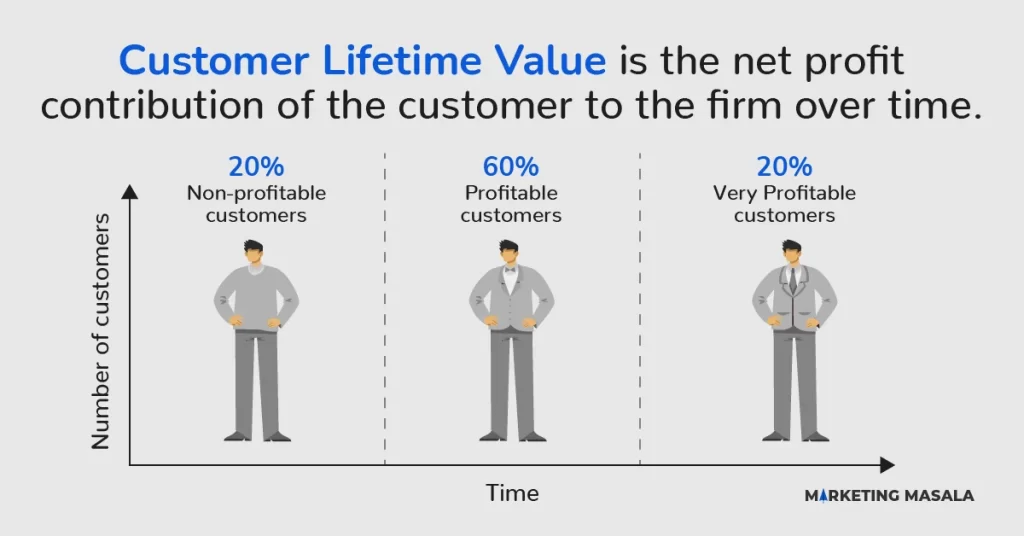
Inbound Lead Generation
Part 1: Developing Content
In the sections above, we talked about how to decide the right content strategy.
“A successful content strategy is always focused on adding tremendous value to people who consume that content”
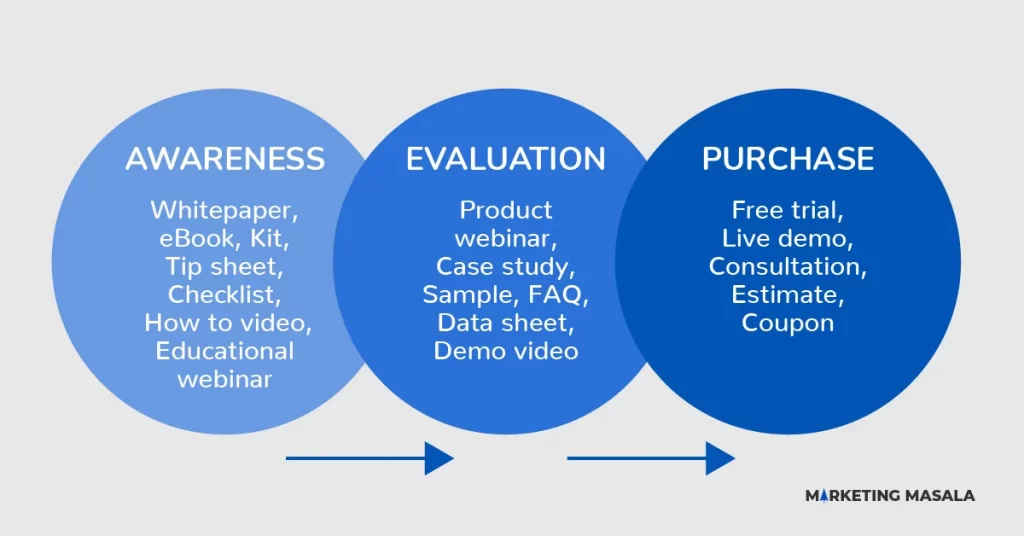
If we take our previous examples of SaaS and service firms, here is what the content strategy would look like
– SaaS app for scheduling social media content: Their content should revolve around educating social media managers and entrepreneurs. Covering the latest trends in social media marketing, developing valuable guides on different social channels, building podcasts and info-graphics around the same theme would really help.
– A consulting firm selling business advice to tech firms: Their content needs to highlight mistakes that tech firms make and how they could take better decisions to improve revenue and operations. Creating content in the form of blog posts, guides, webinars and email newsletters would do best.
Part 2: Content Promotion
Believe it or not, most people believe in the rule of “build it and people will come”. That’s never true. Content promotion is as important as content development. Once you’ve built content that fits the right strategy, you can use the following engagement strategies for promoting the content
- Engage in B2B industry forums. There are multiple forums out there where people are looking for advice on topics you created content around. Start looking out for such questions and answer whenever you see one.
As a matter of fact, LinkedIn group discussions in the right communities will give you a lot of opportunities to distribute your content. - Distribute content on third-party platforms. Republish your content on LinkedIn Pulse, Slideshare, Quora blog posts, Reddit threads, Medium.com and every other platform that allows so and is relevant to your business.
- Talk to influencers. There are multiple influencers in different industries today. By doing an audit using a tool like Buzzsumo, you can look out for the most shared content and influencers in your industry. Once you have curated a list of influencers, start by tweeting or emailing them and introduce your content. Tell them how you appreciate their content and ask politely for their thoughts ( or a social share) about your content.
- Last but definitely not the least, share the content on your own social media multiple times.
Part 3: Collect Contact Information
Once you start developing content and promoting it the right way, you will discover a steady flow of users accessing your content. This is a core opportunity that marketers miss out on.
Once people discover your content, put a hook on to them by getting their contact info.
For example, if people started discovering your website blog posts, you should have subtle email opt-ins which give away something in lieu of the user’s contact info.
Hubspot does a great job at promoting their eBooks and collecting contact information
Part 4: Nurture Your Leads
If you know your business well, you would understand how long it takes a lead to convert once they are aware of your service/product. Depending on the same, you need to nurture the leads that you gained via your inbound marketing efforts. Here are some ways to do so successfully
- If they signed up for your content, send them relevant emails with more of the same content without being annoying. This acts a good reminder. Depending on how much time your leads take to convert, send them a promotional email at the end of your email drip campaign.
- If they visited your pricing page but didn’t go further, serve them re-marketing ads across social media and search network. This keeps them reminded of your products/services.
- Keep building your authority with more quality content and asking them if they’d like your help with anything.
Pull in more leads using our comprehensive list of lead generation tools. Download your copy today!
The Final Lead Generation Framework
We defined a 120-day cycle above to achieve 100 B2B leads per month. In the table given below, we will summarise the activities that are required to achieve this goal
| Monthly Leads | Outbound Activities | Content Development | Content Promotion | Lead Nurturing Campaigns |
| ( Month1 ) 25 | 60 weekly LinkedIn reach out | 2 blog posts/content per week | 20 engagements per week | 1 email campaign per week |
| ( Month 2) 41 | 60 weekly LinkedIn reach out | 3 blog posts/content per week | 40 engagements per week | 1 email + 1 remarketing campaign/week |
| ( Month 3) 75 | 70 weekly LinkedIn reach out | 3 blog posts + 1 Guest post + 1 eBook per week | 60 engagements per week | 2 email + 1 remarketing campaigns/week |
| ( Month 4) 100 | 80 weekly LinkedIn outreaches | 3 blog posts + 2 Guest posts+ 1 eBook per week | 60 engagements per week | 2 email + 1 remarketing campaigns/week |
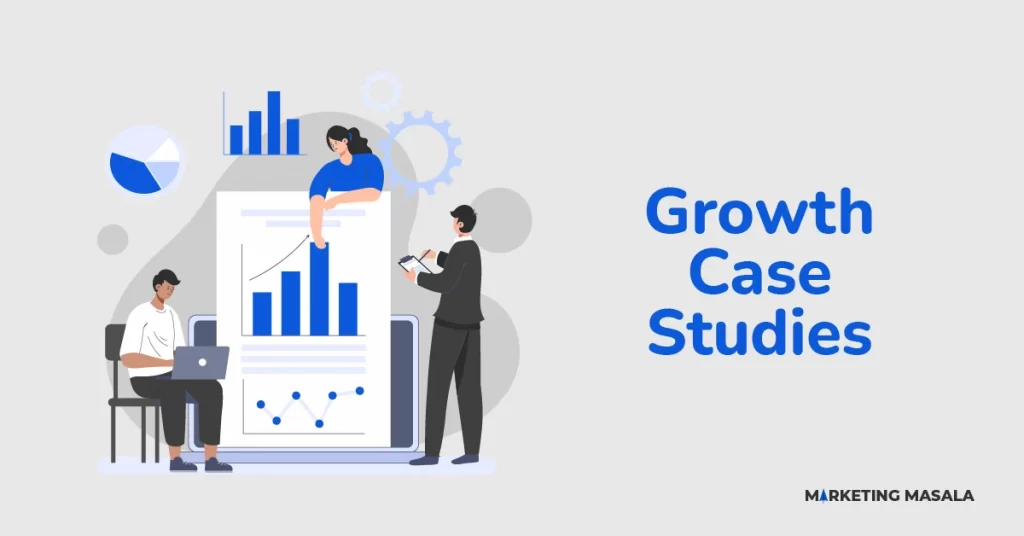

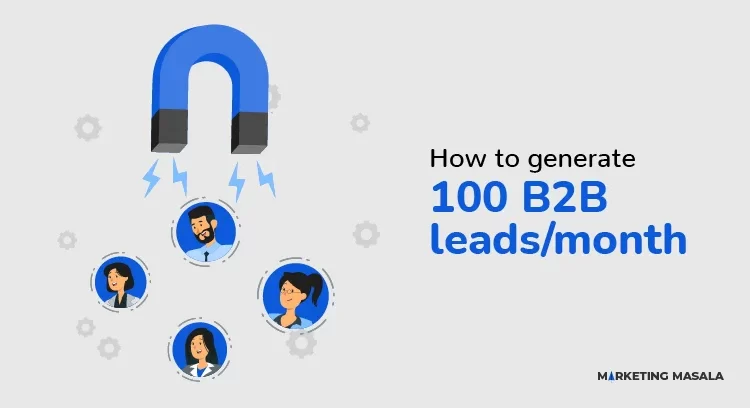


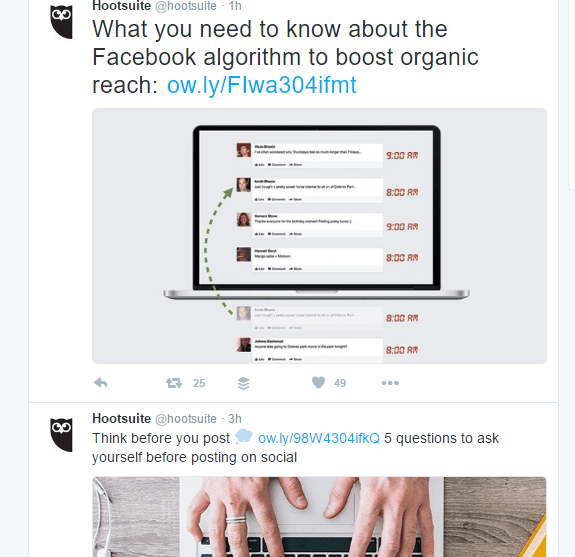

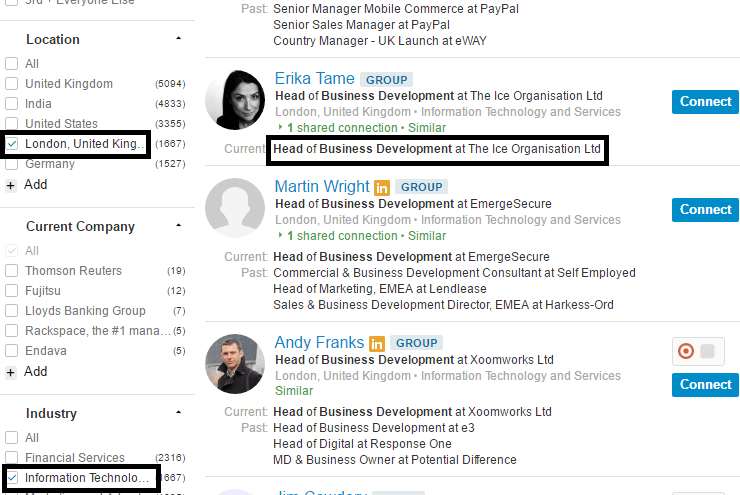

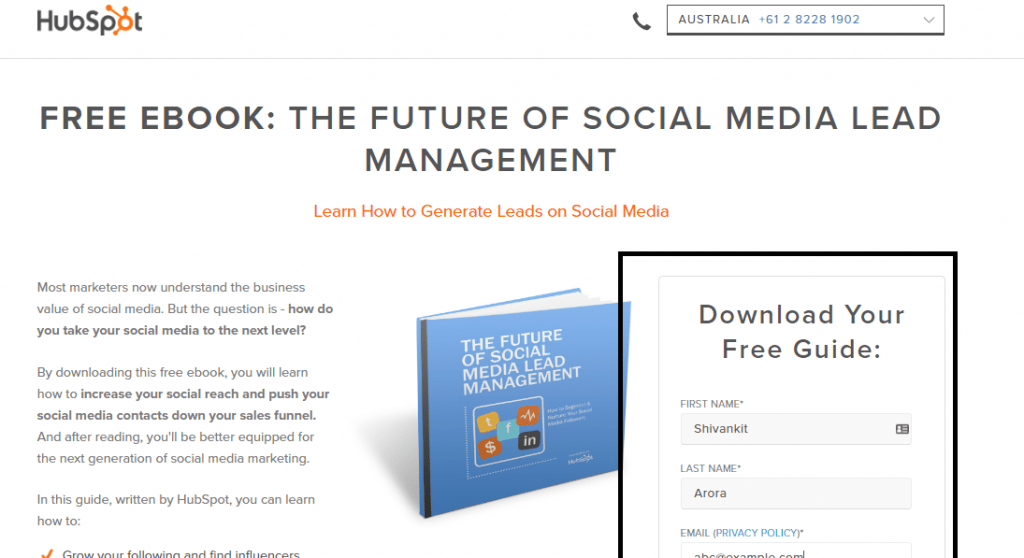
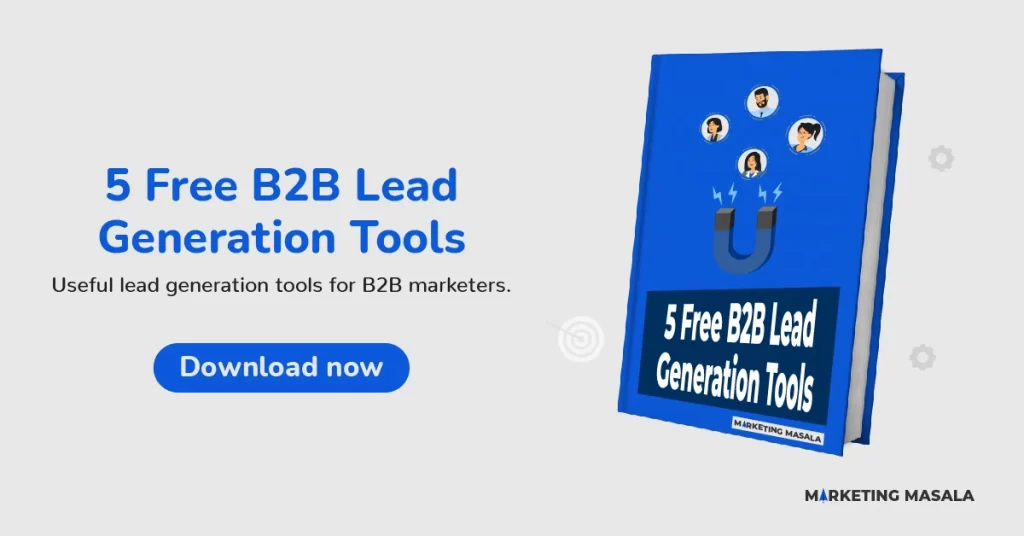
Write a Comment